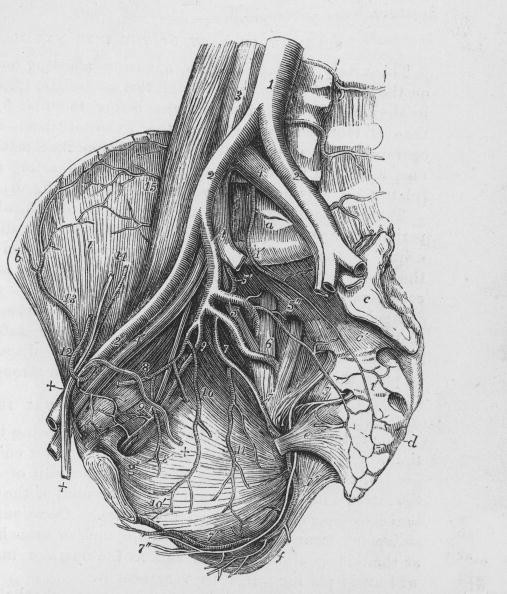
Researchers have had a chance to study human hearts that are several hundred years old and have learned they had modern heart disease. Archeologists had discovered five heart-shaped urns in the ruins of a medieval convent in the French city of Rennes. Three of the hearts showed signs of cardiovascular disease, including atherosclerotic plaque in the coronary arteries.
Learning that people in the 1600s had atherosclerosis is an important finding. In atherosclerosis, plaque made up of fat, cholesterol, calcium and other substances builds up inside the arteries and hardens. Atherosclerosis can trigger heart attacks and strokes.
The urns are heart-shaped and made of lead and each contained a heart that had been embalmed. Four hearts were well preserved enough that they could be examined using modern medical imaging techniques. The researchers cleaned each of the hearts, removed the embalming material and examined them with MRI imaging, CT scans and other imaging methods. Only one appeared healthy, with no signs of disease. The fifth heart was poorly preserved and could not be examined.
"Every heart was different and revealed its share of surprises," said anthropologist Rozenn Colleter of the French National Institute for Preventive Archaeological Research. "It is very rare in archaeology to work on organic materials. The prospects are very exciting."
The earliest of the heart-shaped urns was dated 1584. The latest was dated 1655. The inscription on one urn said that the heart it contained belonged to a nobleman, Toussaint Perrien, Knight of Brefeillac, who died in 1649. His heart had been removed from his body when he died and was later buried with his wife, Louise de Quengo, Lady of Brefeillac, who died in 1656. Her preserved body was found in a coffin at the archeological site, still dressed in a cape, wool dress, bonnet, and shoes.
The convent was constructed in 1369 and became an important pilgrimage and burial site from the 15th to 17th centuries. About 800 graves were found in the ruins.



